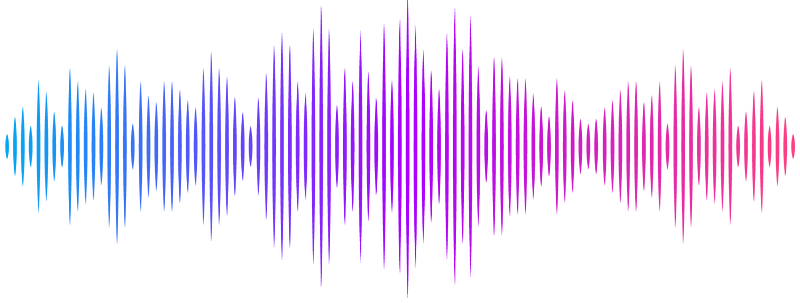Characterization of Human Anterior Neural Organoids as a Model for Investigating Cohen Syndrome

Characterization of Human Anterior Neural Organoids as a Model for Investigating Cohen Syndrome
Prasad, R.; Lee, J.-H.; Lee, D.-Y.; Lee, Y.; Lee, J.; Park, S.-H.; Ryu, J. R.; Lee, B.; Choi, S.; Choi, J.; Cho, I.-J.; An, J.-Y.; Vacca, F.; Ansar, M.; Kim, H. J.; Kim, M.; Sun, W.
AbstractNeural organoids display three-dimensional (3D) structures that resemble in vivo neural architectures. Previously, we developed a novel two-dimensional (2D) neural induction-based protocol for culturing spinal cord organoids, enabling size control and recapitulating neural tube morphogenesis. In this study, we evaluated the application of this concept to induce the anterior regions of the brain and generate human anterior neural organoids (hANOs). By inducing neuroepithelial (NE) cells in 2D and re-aggregating them led to tube-forming morphogenesis similar to that posterior spinal cord induction. The transcriptome profiles of these hANOs resembled the frontal cortex of 20 weeks post-conception (PCW) human embryos. Using this hANOs protocol, we investigated microcephaly phenotypes associated with Cohen syndrome (CS), caused by biallelic loss-of-function variants in VPS13B gene. Deleting VPS13B in human pluripotent stem cells resulted in Golgi dispersion and growth retardation onset in mutant hANOs, akin to CS patients with postnatal microcephaly. This delay is partly linked to reduced neuronal growth. Additionally, mature CS organoids showed enhanced hyper-excitability associated with an excitatory/inhibitory imbalance. In conclusion, this protocol is suitable for studying microcephaly phenotypes from human genetic mutations due to its simplicity and scalability.